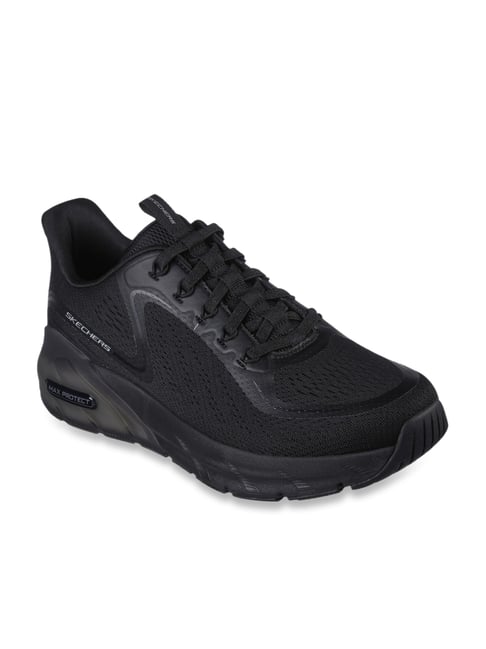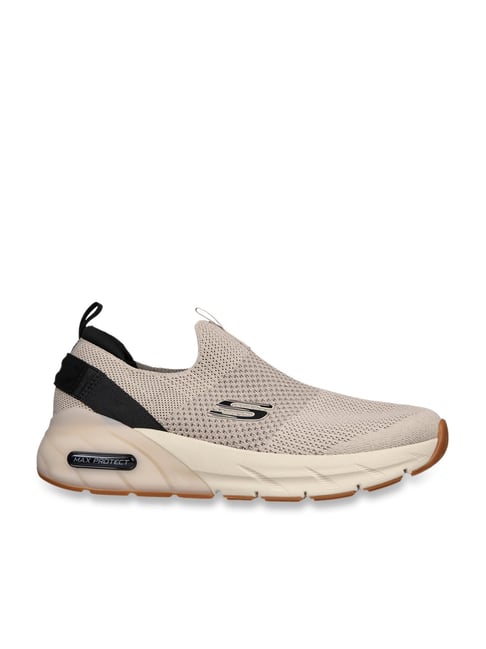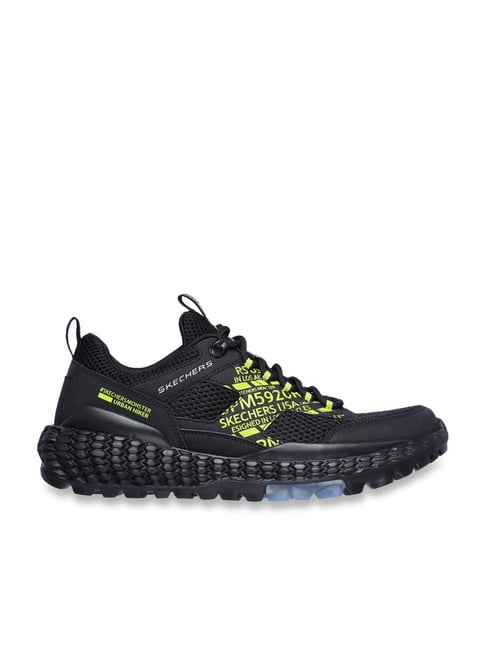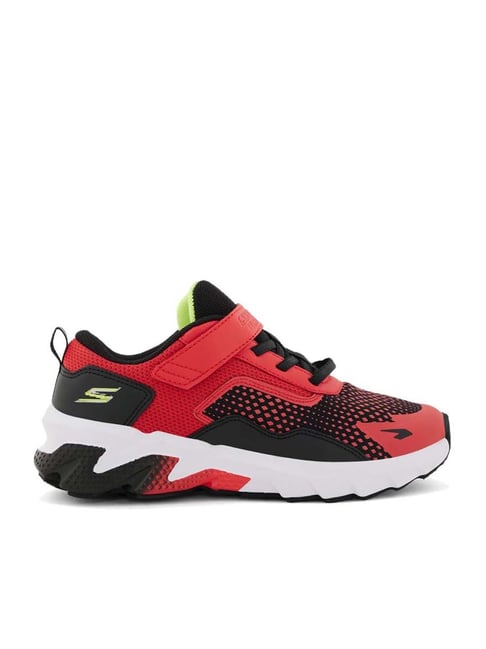Sneakers can truly elevate or diminish your entire outfit. In today’s world, where every step matters, sneaker enthusiasts have reason to celebrate: your footwear has taken the spotlight. Bid farewell to the days of the ‘one-size-fits-all’ mentality; it’s time to embrace a fresh era in athletic footwear.
Imagine this: Spring/Summer 2025 sees Ralph Lauren’s models strutting in luxe performance sneakers while Olympic champion Elaine Thompson-Herah smashes records in custom Nike Air Zoom Maxflys. With carbon plates as thin as your credit card, this cannot be a simple ‘trend’ – it’s a full-blown revolution in the sneaker world. Your athletic ambitions (whether you’re Pilates-obsessed or a regular powerlifter) deserve a ‘sole’ mate that’s both performance-driven as well as fashion-forward.
Understanding Your Movement DNA: Matching Shoes to Performance
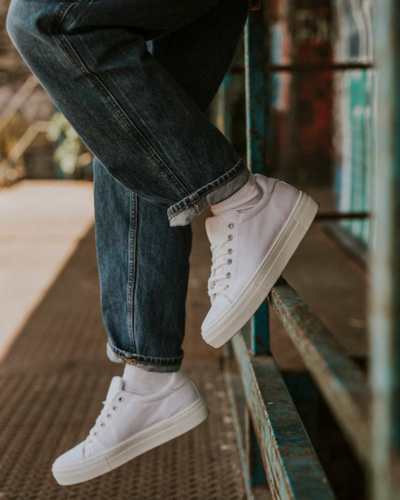
Running shoes represent more than just cushioned soles. They’re designed to complement different running styles and body mechanics. Neutral runners benefit from shoes with balanced cushioning that supports natural foot movement. Those with pronation challenges require stability features that guide foot alignment and reduce injury risk.
Track star Dina Asher-Smith wouldn’t dream of training in anything but her custom Nike Pegasus 41-and for good reason.
Hoka’s chunky-yet-lightweight Clifton series is known for its cloud-like cushioning that perfectly pairs with wide-leg trousers and flowy dresses. The ideal running shoe adapts to your unique biomechanical signature.
Marathon enthusiasts need maximum cushioning and durability, while sprint-focused athletes require lighter, more responsive shoes that minimise weight and maximise speed.
Gym Essentials Decoded
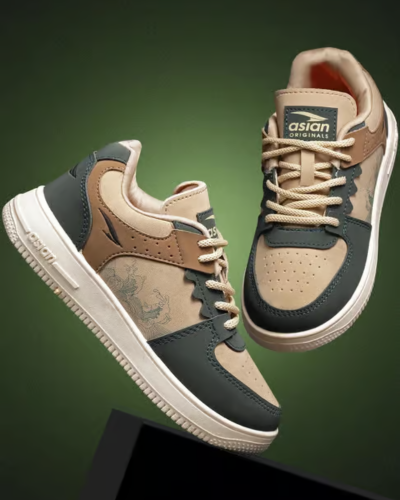
Weightlifting and strength training demand a completely different approach to footwear. The critical factor here is stability. Your shoes must create a solid, immovable connection with the ground. Flat-soled shoes with minimal heel drop become crucial for exercises like squats and deadlifts, where maintaining proper alignment is paramount.
For compound lifts, nothing beats a rigid, flat base – enter the Reebok Nano X2. Its reinforced sidewalls fend off lateral compression during heavy squats, while a minimal heel-to-toe drop ensures biomechanics are on point. Fitness icon Kayla Itsines and her squad swear by Nike Metcons for HIIT sessions that glide seamlessly from burpees to battle ropes. These hybrid designs offer a perfect balance between stability for weight training and flexibility for dynamic movements. The key is finding a shoe that provides lateral support, allows natural foot movement, and can transition seamlessly between different types of exercise.
Game, Set, Match: Court Couture Coded
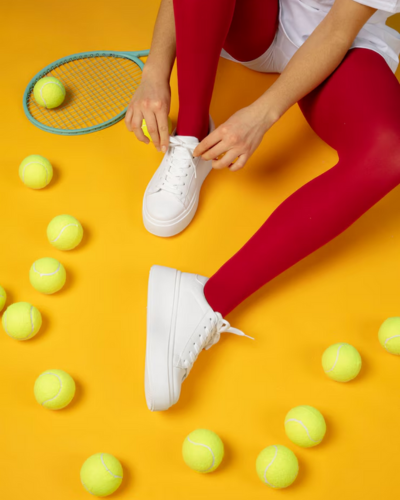
Tennis and basketball shoes are essentially sophisticated movement management systems. For tennis, the focus is on lateral support and quick directional changes. The ideal court shoe provides enhanced ankle stability, reinforced toe boxes to manage sudden stops, and outsole patterns designed for maximum court traction.
Basketball footwear takes impact protection to another level. These shoes are engineered to manage the extraordinary stress of constant jumping, sudden stops, and multi-directional movements. High-top designs offer additional ankle support, while advanced cushioning technologies absorb the tremendous impact of repeated jumps and landings.
Trail and Outdoor Performance: Beyond the Beaten Path
Trail running and outdoor sports demand shoes that are essentially mobile terrain adaptation systems. The key considerations include grip patterns across multiple surface types, enhanced durability to withstand rough conditions, and protective features that shield feet from environmental challenges.
Water-resistant technologies, rock plates that protect against sharp surfaces, and aggressive tread designs transform these shoes into serious performance tools. The modern trail shoe is a complex ecosystem of materials designed to provide confidence across unpredictable terrains.
Tech Meets Trend: The Crossover Blueprint
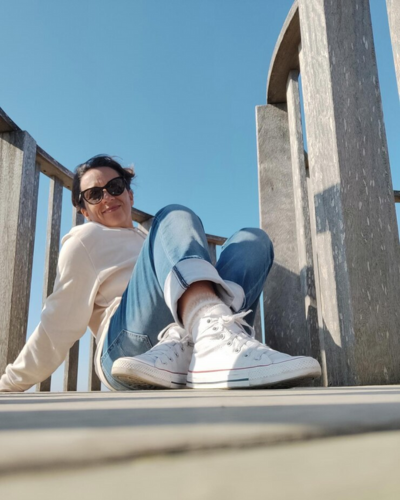
The conversation is over for the sneaker aficionados who demand performance tech with killer style. Cecilie Bahnsen’s freshly dropped ASICS GEL-TERRAIN collab at the London Fashion Week 2025 (Spring) stole the show, with her signature floral motifs transforming technical trail shoes into transitional season must-haves.
Meanwhile, Simone Rocha’s daring, floral-embellished Crocs prove even the polarising comfort brand can have its redemption arc. At the same time, the New Balance x Miu Miu 530SLs blend performance EVA cushioning with luxury house aesthetics for a silhouette that’s as technical as it is timeless.
In conclusion, the landscape of sports footwear has evolved to blend technology with style, making it essential for athletes to choose shoes that support their specific performance needs. As we approach 2025, finding the right pair will enhance both comfort and functionality, ensuring you excel in every activity. Step confidently into your fitness journey with the perfect sneaker that matches your ambitions.
FAQs: Your Burning Questions Answered
1. How often should I replace my performance sneakers?
The Sneakerverse’s golden rule is that after 300-500 miles, it’s time for a swap. Elite runners typically maintain a three-pair rotation for optimal performance.
2. Are carbon-plated runners serving performance realness for everyday athletes?
Carbon plate technology isn’t just for sub-3-hour marathoners-it’s a game changer for race day and tempo runs.
3. Should I ditch cushioning for lifting sessions?


